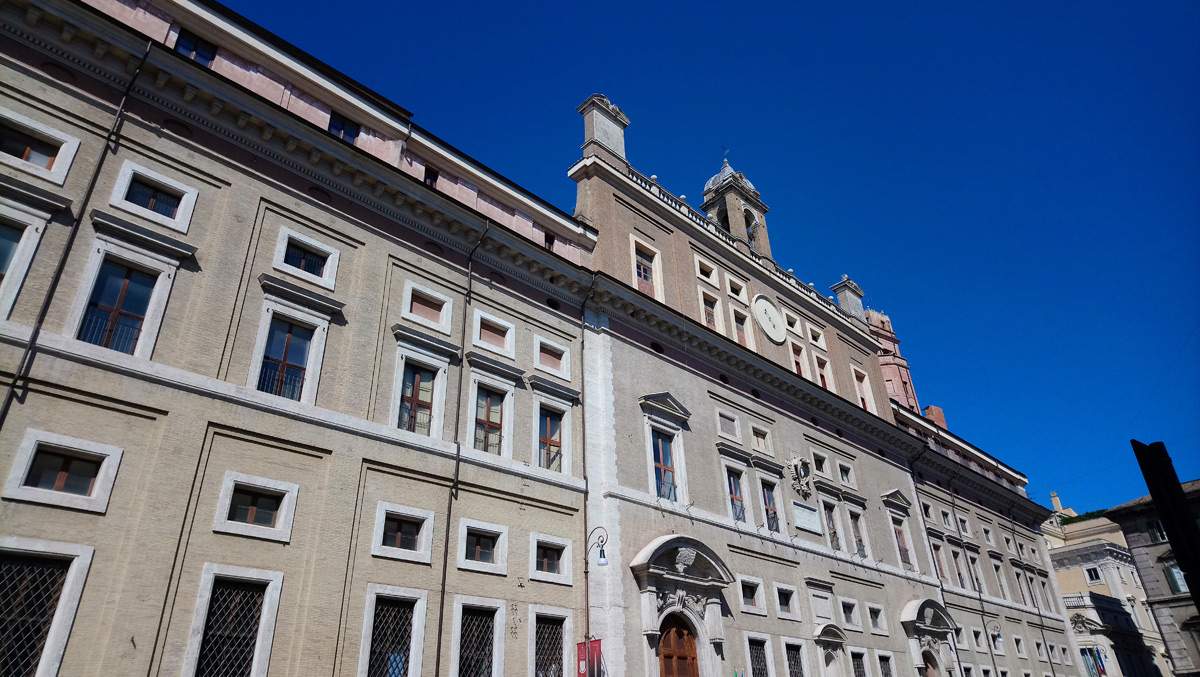The Ministry of Culture is in a critical situation of understaffing, but is planning a major recruitment plan with the aim of considerably replenishing its forces by 2024. This is what emerged from a meeting between the confederal unions (FP CGIL, CISL FP and UIL PA) and the administration as part of the comparison tables provided by the same ministry. The Ministry of Culture’s current de jure headcount as of Dec. 31, 2021, is 18,854 non-managerial staff (323 Area I, 12,944 Area II and 5,587 Area III), and 219 managerial staff (192 managers in Area II and No. 27 managers in Area I), for a total of 19,073 workers. Gaps in staffing, however, total 8,321: 2,462 for Area III, 5,745 for Area II, and 80 for Area I; 34 for Area II managers. A shortfall that represents 44 percent of the organic strength MiC should have.
In the face of this organic overhang, described as “dramatic” by the unions, the Ministry of Culture has put in place a recruitment plan, including what has already been contracted in 2022, which provides for about 3,200 units from the areas for 2022, 2.942 units of the areas for 2023, and 240 units for 2024, including through the sliding of current rankings (those of the competition for the 1,052 assistants to fruition, supervision and reception - AFAV, and that for the 300 administrative, as well as for the RIPAM competition for the 434 administrative and computer assistants). Therefore, the available resources provide for run-offs for competitions for 800 in Area III and about 1722 for Area II.
It was confirmed that a competition for 270 archivists and 250 other profiles (Archaeologist, Architect, Librarian, Demoetnoantropogo, Paleontologist, Restorer, Art Historian) will be announced soon. This competition may also give rise to the above-mentioned shortfalls. The 2023 schedule also includes calls for 200 second area assistants and 100 third area officers for profiles not considered in the 2021 schedule (technical assistants and science officers)
It also emerged from the meeting that there were 151 waivers for AFAVs: therefore, in the coming weeks the MiC will proceed with the scrolling and together with the convocation of the additional 400 eligible in the ranking list and already authorized.The administration then confirmed that it intends to initiate “internal comparative procedures aimed at enhancing the skills and professional experience acquired by internal staff through so-called area progressions,” both in compliance with DL. 80/2021 and, above all, with the new CCNL signed last May. According to the unions, however, the wording is not very clear, i.e., whether it is only the provision of the reserve of posts or reference is made to the procedure in the CCNL or both.
It was also confirmed that the intention is to proceed with the identification of paths for the stabilization of flexible contracts in application of the Madia Law. The Ministry clarified that there will be no stabilization of management positions awarded under Art. 19, para. 6 TUPI, as erroneously reported by others.
The plan fielded by the Ministry is intended to be a starting point for building a path geared toward the gradual filling of the MiC’s endowment of staff, an issue that will certainly be the subject of discussion with the new political leadership.
With regard to the Ministry’s endowment decree, the unions let it be known that they have received the second (and probably final) draft of the measure, which, according to the administration, should have taken into account both the proposals put forward by the trade unions and those elaborated by the central and peripheral offices of the MIC. “We are not yet in a position, since we only received the documentation yesterday,” the unions let it be known, “to verify punctually whether or not the requests for corrections that we forwarded have been taken into account to a great extent, but we are absolutely comforted by the fact that this act has temporary value since we will be called upon in the coming weeks to implement the provisions of the CNNL on professional regulations (which, as everyone knows, provides for four areas of classification; of which one is all to be built) as well as the variable of the new political leadership. There remains perplexity with respect to some choices such as the implementation of the de jure staffing of supervisory personnel (about 560 units) at the expense of technical and administrative figures in Area II.”
Pictured: the Collegio Romano, headquarters of the Ministry of Culture. Photo by Finestre Sull’Arte
 |
| Ministry staffing gaps: 44% of staff missing. Hiring plan planned, however |
Warning: the translation into English of the original Italian article was created using automatic tools. We undertake to review all articles, but we do not guarantee the total absence of inaccuracies in the translation due to the program. You can find the original by clicking on the ITA button. If you find any mistake,please contact us.